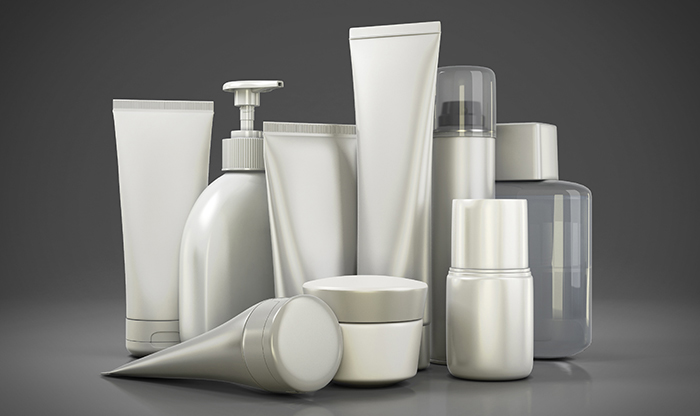
Although more than a half of Europe’s products are packed in plastic, their total weight represents a relatively low percentage of all packaging materials. Even a small amount of plastic is enough to pack large quantities of goods, guaranteeing proper temperature and freshness and at the same time protecting products from damage. Plastics, however, offer even more possibilities – the opportunities for so called slimming, i.e. reducing packaging weight, are constantly under development.
Using less material for packaging
The use of plastics in modern packaging solutions allows for a significant increase in the mass of the transported goods in relation to the total mass of the cargo. Space is used in a much more effective way than in the case of glass, aluminium, steel, wood, paper or cardboard packaging. Slimming packaging reduces energy consumption as well as production costs. As a result, the ecological impact is reduced. The ability to give the plastics almost any shape is also significant. It greatly improves the material savings for the various packaging components, for example by making bottle necks shorter or by producing packages that are much easier to store.
PET bottles
PET bottles can serve as a good example of using the minimal proportion of packaging material. A PET bottle can hold up to twice as much substance as a glass bottle of the same size. At the same time, its weight may be up to ten times lower. Using PET bottles is very beneficial in terms of weight,as they allow for the storage of any material with a significant reduction in packaging material weight. Low price and safety are their other advantages. They are extremely environmentally efficient as well. They lower energy consumption during production and transport and reduce CO2 emissions. PET bottles are fully recyclable. Used packaging may be remarketed as a desirable raw material. They are used to make foil, textile fibres and many other materials, as well as to produce new PET bottles.
Advantages and disadvantages of using less material
Saving weight with plastic packaging allows for more efficient use of resources while providing optimum protection. In this way, the energy footprint of a product is based on its actual content, whilethe packaging’s share is only a few percent. Increasing the functional requirements of the packaging in terms of its flexibility and hygiene makes it more environmentally friendly. At the same time, the use of less material may adversely affect certain products. Lighter packages are more prone to bending, e.g. under pressure. Therefore, although they function perfectly in storage, using them directly is not always convenient. High flexibility can be a problem when it comes to storing products requiring interior protection and which should not be exposed to shape changes. Protective functions may be insufficient for the transport of potentially toxic or irritating substances. For this reason, not all packages may be slimmed.
Powrót do listy artykułów








